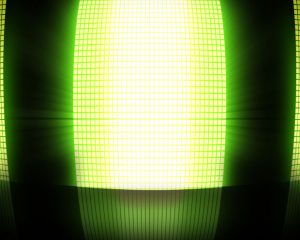
There were no adverse side effects seen in the rats treated with light therapy, and their motor skills and visual performance remained unimpaired. The pain-relieving benefits of the light therapy lasted up to four days and there was no tolerance of the light developed, meaning the duration and intensity of the light exposure did not need to be adjusted for each treatment.
The benefits of using light therapy to treat pain could allow doctors and patients alike to ease their dependency on pharmaceuticals, reducing the need for prescription medication like opioids, which can have potentially serious side effects. Opioids are extremely addictive and can be expensive, while also inducing side effects like nausea and vomiting, constipation, dizziness, tolerance, dependence, and respiratory depression. Their value in treating long-term chronic pain has also not been proven. These factors highlight the need for safer and more effective alternatives to ease the symptoms suffered by many with chronic pain.
Senior author of the study Rajesh Khanna explained the need for further research into how light therapy works, stating: “While the pain-relieving qualities of green LED are clear, exactly how it works remains a puzzle. Early studies show that green light is increasing the levels of circulating endogenous opioids, which may explain the pain-relieving effects. Whether this will be observed in humans is not yet known and needs further work.” Researchers are currently testing the efficacy of green LED lights for treating people with fibromyalgia, and are hopeful that the results will lead to treatments for pain that do not involve opioids.
Related: Light therapy may help boost male libido: Study